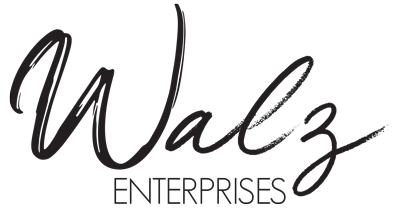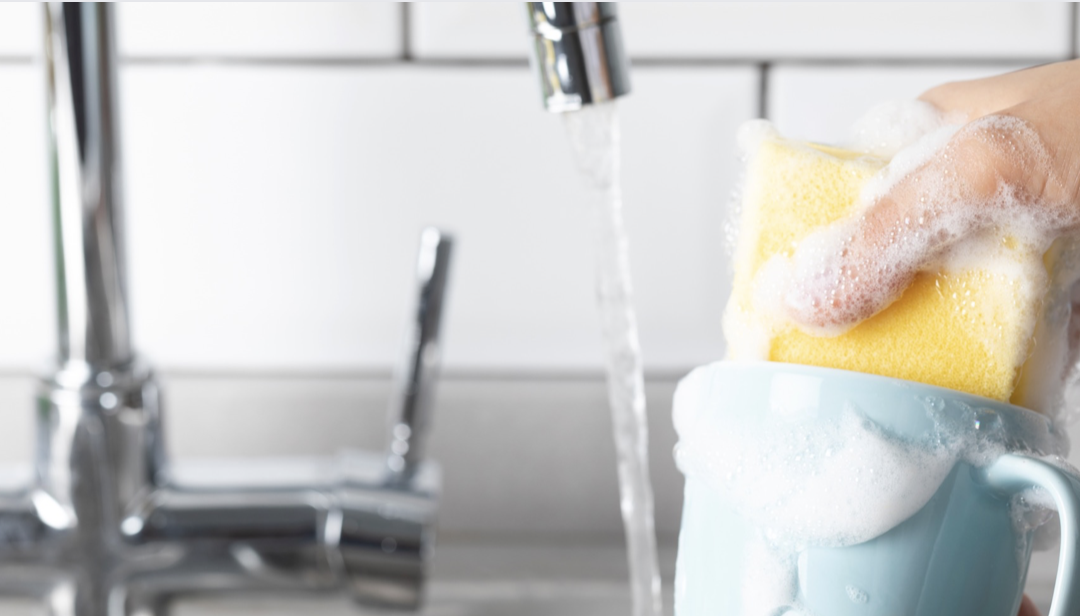As a commercial cleaner, Walz Enterprises knows the worksite places where employees can pick up the most germs. We clean most of them, but we can’t, unfortunately, clean them all. Nor can we clean them every day (unless contracted to do so).
We’ve divided the list in two. First are the top five germiest places we can and do clean. This list is followed by the top five germiest places that an office manager or someone within the company (or church, hospital or school) should address—frequently, we hope.
By focusing your cleaning attention on these places, you can go a long way in reducing employee illness and absences.
Some will be obvious. Some may surprise you.
Top Five Germiest Places a Commercial Cleaner Can Clean
Commercial cleaners usually clean these areas (we do), but each day items on this list collect and retain germs between cleanings—germs that can be easily transmitted to you through contact.
- Door handles. Just about every employee and customer puts their hands on the latches and door pulls when entering a business, work area or reception room. We wipe down these handles every time we clean, but the safest bet is for those entering the office to wash their hands or use a hand sanitizer.
- Desktops. You’ve probably heard that an employee desktop has more germs than a toilet seat. It’s true. WebMD calculates that each square inch of a desktop has 21,000 bacteria, viruses and fungi. They conclude that a desktop is 400 times dirtier than a toilet seat! We sanitize all desktops in a work area if the employer contracts us to do so.
- Keyboards, phones and headphones. In many work situations, employees will pass around a laptop or ask another employee to look at a document and correct it using the same keyboard. A UK company found that keyboards have 3.5 million bacteria per square inch, phones have 1.6 million germs per square inch and headphones have 2,500 germs per swab.
- Elevator buttons. If you ride an elevator to get to your work area, those buttons are a germ-fest. Research carried out showed that the level of bacteria on elevator buttons averaged 313 colony forming units (CFUs) per square centimeter compared to 8 CFUs on the average toilet seat. We clean them when we are onsite, but that’s not every day.
- Office equipment. We’ll clean keyboards and outer surfaces of office equipment, such as copiers, but between our cleanings, germs collect. These keyboards carry 21,000 germs per square inch, including bacteria that cause colds, flus and other sicknesses.
Top Five Germiest Places a Commercial Cleaner Can’t Clean
Unfortunately, every work area has germ collectors that commercial cleaners can’t sanitize (or can sanitize for the day, but not between commercial cleanings). Here’s where employers need to assign the cleaning to someone onsite (or recruit volunteers).
- Coffee makers. Bacteria love moist, warm places in which to breed. That describes the insides of coffee makers. Even if the filter is changed or cleaned regularly, the entire coffee maker needs a vinegar rinse daily. Studies have found 35 to 67 different bacteria breeding in each machine’s drip tray, including pathogenic strains—that is, bacteria that can make you sick.
- Coffee mugs. Many employers have kitchens for staff and include free coffee mugs. Workers clean the mugs, but usually use dirty sponges that leave bacteria on the “clean” mugs. According to Charles Gerba, professor of environmental microbiology at the University of Arizona, office mugs are covered in feces and most bacteria colonies can live for up to three days after a wash.
- Kitchen sponges. Like coffee makers, sponges usually are wet and perfect breeding grounds for E. Coli and salmonella. When the sponge is used to clean plates, silverware or glasses, the sponge spreads the germs. The best solution is to microwave the sponge once a day!
- Bathroom faucets and toilet handles. Commercial cleaners disinfect these areas, but only when onsite. In a day, they regain bacteria that can cause colds, the flu and even diarrhea. Encourage employees to use a disinfectant after leaving the office restrooms.
- Microwave handle. Employees often touch this handle with food on their hands, transferring bacteria that the next user adds to their hands. A microbiology professor at the University of Arizona found that half of all microwave door handles contained high levels of bacterial contamination. Commercial cleaners might clean microwave handles, but they become germ sites within a day.
A sparkling clean workplace takes professional and internal vigilance
To make your work area as clean as possible, you’ll need a comprehensive commercial cleaner, as well as office staff who can keep the germ hot spots clean between visits from the commercial cleaner.

